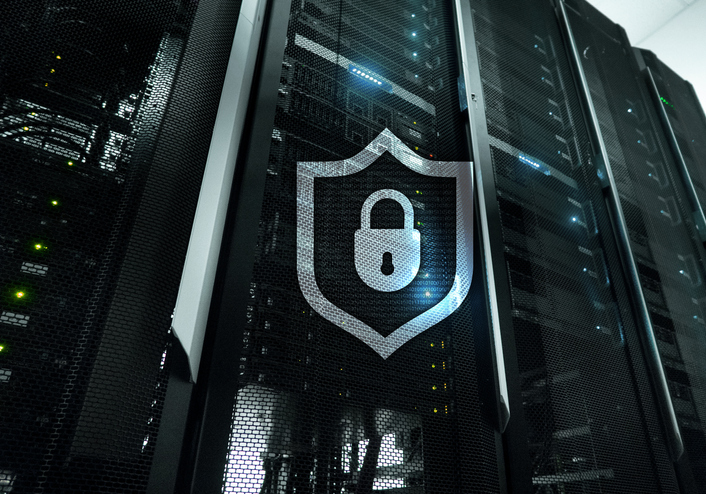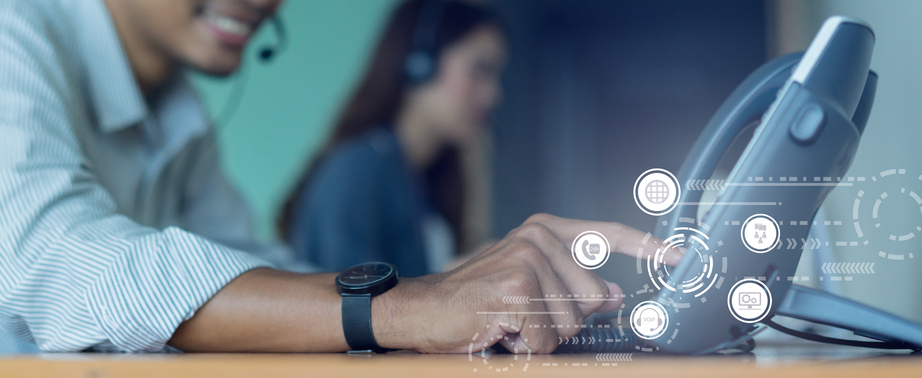Juice Jacking is another creative way that cyber attackers are accessing your data. Learn more about the concept and how to prevent it.

The public must be on guard for any cyberattack that comes their way; however, attackers are creative and are constantly innovating towards the next type of cyber-attack to catch unsuspecting people. Most recently, the concept of “Juice Jacking” has made its way into public attention.
Juice Jacking is a type of attack that uses a charging port, infected cable, or portable battery to access available data on a connected device such as a smartphone or a laptop. Once a device has been infected, attackers can export your data, steal passwords and other personal information, or lock your device entirely making it unusable.
How Juice Jacking works
A conventional USB cable is not only useful for charging your device, but its primary use is to transfer information from one device to another. As soon as a device is connected to a USB outlet, this allows attackers access to devices.
We have all heard of identity thieves putting on card-reading devices, skimmers, or camera on ATMs and other card readers such as at a gas station pump, but attackers are also able to change out USB hardware for another USB port that allows them access to any who connect to the port. Typically, we see threats to our devices in public such as hotels, public kiosks, and airports.
Juice Jacking and Travel
For those people who travel regularly, they rely on the public charging kiosks to keep them connected to family, loved ones, and work while out and about. But USB public charging stations are a prime target for those people seeking to steal and use your personal information.
Attackers can use not only a public kiosk as a way to gain access to your devices, but they can also use an infected cable. Beware to not use cables that are found already plugged into charging stations or you could already have one in your possession as a free gift. It is very easy to mask a cable to look like a brand name item, and most people believe that cables are not capable of holding information maliciously.
Another method to get victims to connect to a power source is to infect portable batteries, and with the rise of shared or rented portable batteries that you can purchase in airports, it has become easier for attackers to gain their victim’s data and move on to the next airport, making pinpointing the problem harder for those trying to stop the attacks.
Preventing Juice Jacking
The easiest way to prevent Juice Jacking is to plug your devices in via your power adapter that normally comes with your device. Another option is to carry your own power bank. A personal power bank can hold enough power for several recharges. Finally, a product that has been developed to combat the threat of Juice Jacking is a USB data blocker, a small adapter that you attach to the end of the USB cable you would like to use that prevents the transfer of data.








